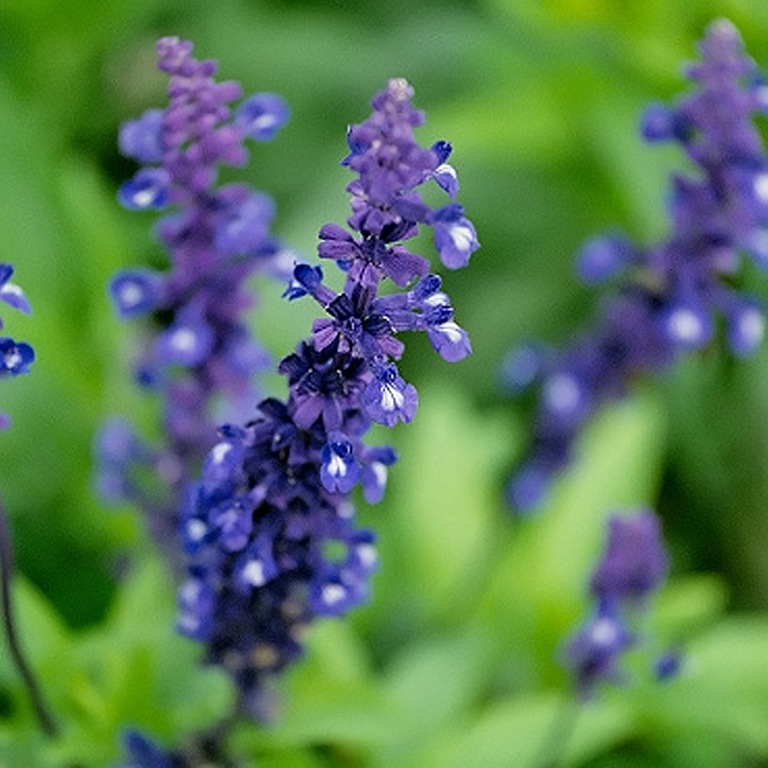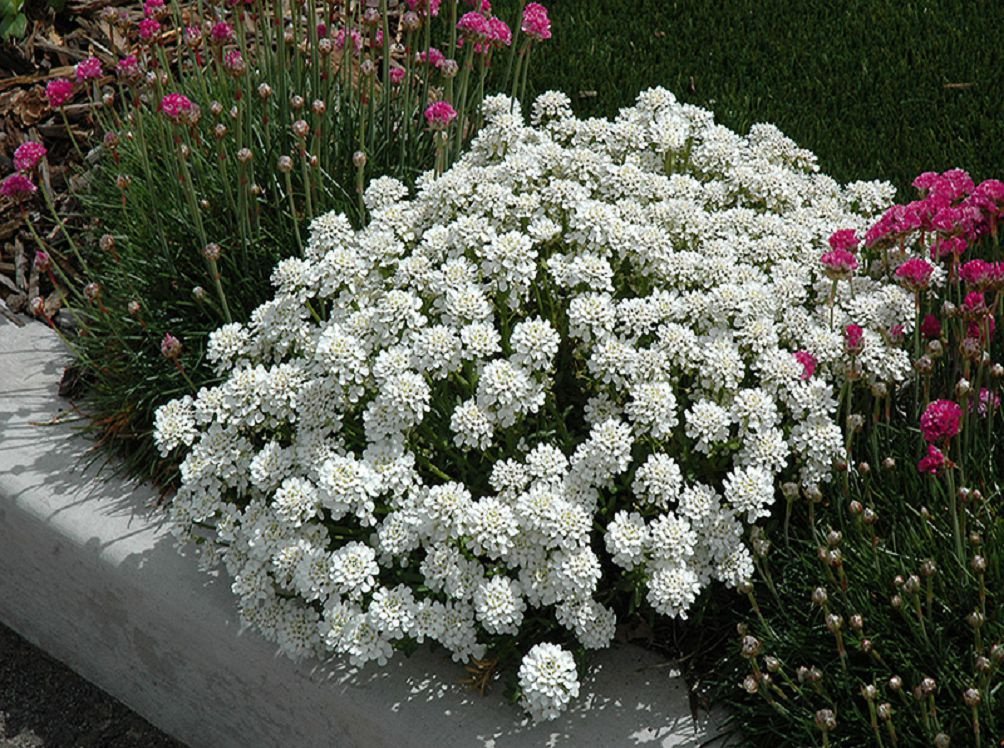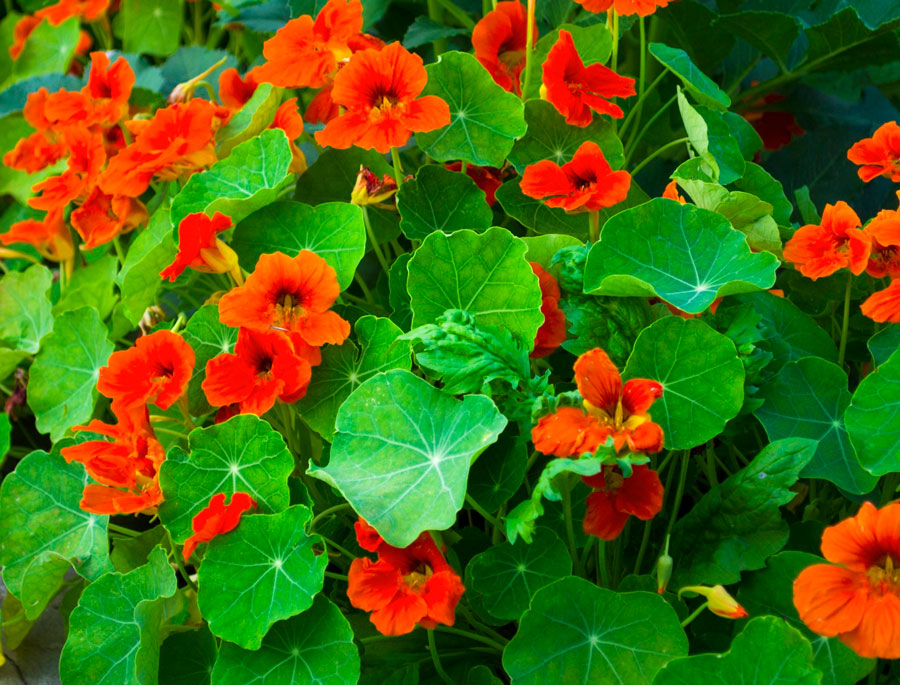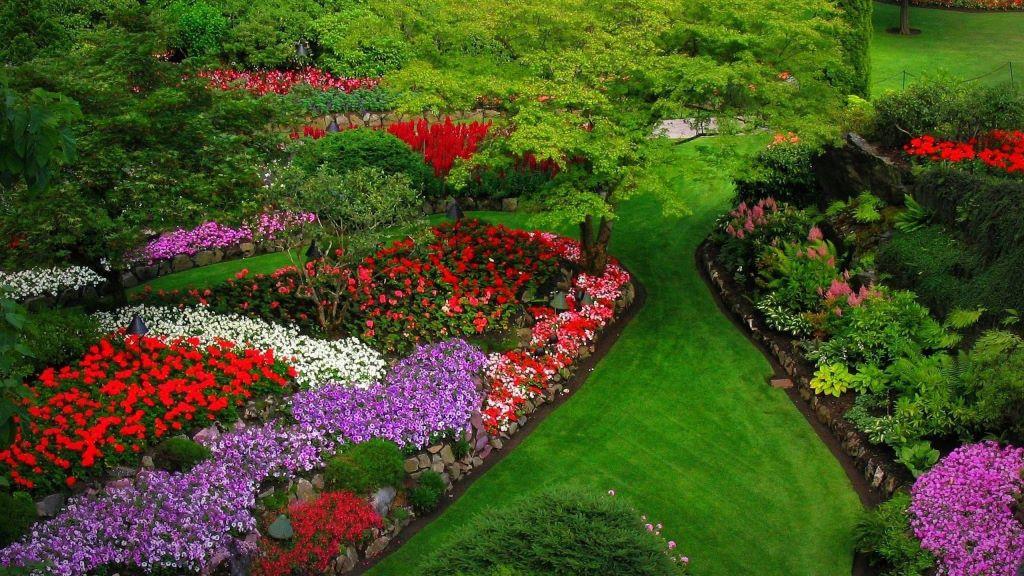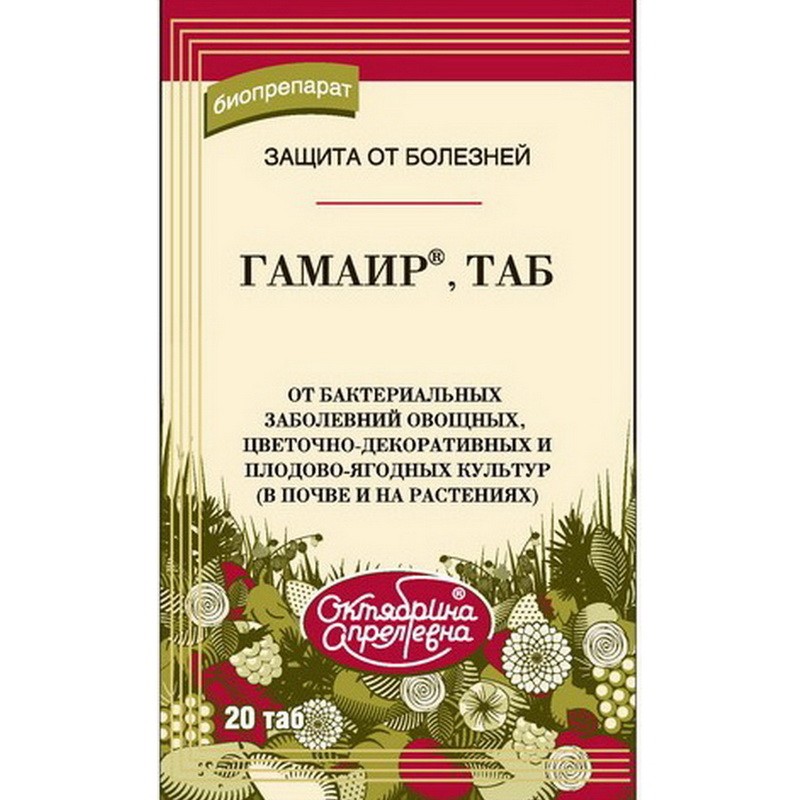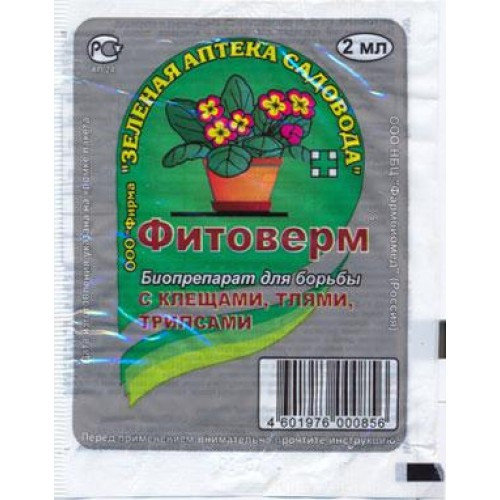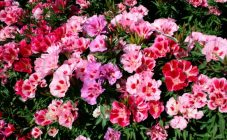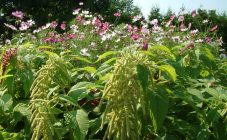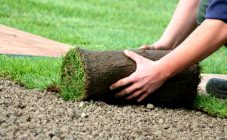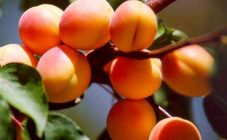Content:
The exuberant flowering of annuals pleases flower growers from early spring to late autumn. With the help of seeds, you can grow these plants every year. A variety of flower arrangements can be made from annual plantings, which will help transform the site. By picking up annual flowers with different flowering periods, you can get a flower bed that will play with bright colors all summer long.
Annuals for flower beds
Annual plants have a growing cycle that lasts only one season. Unpretentious plants can bloom for a long time and develop quickly.
There are several types of annual flowers:
- Tall annuals that give the flower bed a showiness. It is best to plant plants in the background or in the center of the flower bed. The unique colors of annual flowers will bring incredible beauty to the composition.
- Medium-sized type, the flowering of which usually begins in mid-June and ends closer to October. During planting, the color and shape of the crop should be taken into account so that the plants do not drown out each other. It is very important to observe the distance between the bushes when planting.
- A low-growing view, the height does not exceed 28-30 cm. They should be planted in such a way as to fill the free distance in the flower bed. You can plant seeds of low-growing varieties around shrubs and tall flowers. Also, from undersized flowers, an amazing live border can be obtained.
Popular varieties of annuals
How to choose annual flowers for the garden, unpretentious and blooming for a long time?
Annual marigolds Karina
Shade-tolerant marigolds have a long flowering period. Annual flowers are painted in bright yellow-orange shades with brown accents. Plants can be planted in shaded areas or in the open sun.
Petunia
The plant is very popular among flower growers. It is best to plant rapidly blooming petunias in sunny areas. Round flowers love warmth very much and delight with their flowering all summer months.
Blue flowering salvia
Salvia belongs to unpretentious plants that can be ideally combined with a variety of crops. The flowers are candle-shaped and can be colored pink, purple, red and lilac. Salvia varieties can be both annual and perennial. Annuals blooming all summer long are ideal for planting in flower beds of various types.
Calendula
Calendula flowers are quite voluminous and growing rapidly. Bright yellow or orange inflorescences stand out favorably among other annuals planted in a flower bed. The main advantage of calendula, in addition to its visual appeal, is its medicinal properties. In addition, foliage and beautiful annuals can be used in the preparation of a variety of dishes.Also, calendula is often planted in vegetable gardens.
Nasturtium
There are many varieties of nasturtium. Terry plant varieties are especially attractive. Planting nasturtium is best in sunny areas. The bright red, yellow and orange flowers blend perfectly with the lush foliage.
Snapdragon
An attractive annual plant pleases with its flowering all summer months. The unusual shape of the plants and the combination of interesting shades of flowers make them popular among flower growers. It is best to plant snapdragons with other annuals in a flower bed.
Calceolaria
Flower buds, despite their simplicity, have charm. The flower is vaguely similar to a chamomile. The stems of the plant grow to a height of over 25 cm. The buds are colored pink, white, orange and purple. The significant advantages include long flowering, unpretentiousness and lack of predisposition to a variety of ailments.
Dimorfoteka
A popular annual with a rich color palette. Delicate blue, white, bright red and lilac bushes look perfect as living borders. Plants are unpretentious, but they need to provide enough light and the necessary level of humidity.
Nemophila
An unusually beautiful type of plant that blooms in rainy times, but it requires systematic feeding. A distinctive feature is the pleasant aroma that comes from the inflorescences. The delicate color of blue-white, white and lilac gives the buds attractiveness. It is best to plant flowers in partial shade around the edges of the flower bed. Dark purple nemophiles look especially impressive.
Coreopsis
Coreopsis is a popular annual with long and abundant flowering. It looks perfect not only in annual flower beds, but also as curb plantations. Coreopsis is unpretentious and can take root in almost any type of soil.
Mattiola
Delicate enchanting aroma of the plant will not leave indifferent any grower. There are more than 20 different varieties of plantings, the flowers of which can be painted in pale lilac, pink or dark purple shades. Gray-haired mattiola is quite popular among summer residents, in which the buds are painted in pale yellow tones. The main features of matthiola are sun-loving, abundant flowering and ease of care.
Balsam
An annual, whose height reaches 60-70 cm, has rather large flowers, which can be either semi-double or double. Balsam buds are colored pink, scarlet, crimson and white.
Dope
It can become a real decoration of the garden area thanks to its large white flowers, which have the shape of a bell. Datura is characterized by rapid growth, abundant and long flowering. Bell flowers can be red, yellow or blue. Datura can be called datura in stores.
Mallow
Annual mallow stands out among other flowers for its large size and bright double flowers. The main advantage of the plant can be considered unpretentiousness in care, drought resistance, a long flowering period with systematic pinching of wilted inflorescences.
Iberis snow-white
Snow-white Iberises are undersized annuals that love the sun's rays, which can still be planted in shaded areas. Umbrella plants are painted in bright pale pink, lilac and lilac shades.
Shade-loving annuals
Very often summer residents try to decorate places under trees with a lush crown of flowers. However, most plants do not take root in the shade and areas under bushes or trees look unrefined. Only unpretentious annuals that prefer shaded areas can brighten up problem areas at least a little.As a rule, such plants have rich foliage of a bright green hue. A small disadvantage can be considered the lack of abundant flowering, however, this does not diminish the attractiveness that flowers bring to the planting site.
Kosmeya
Kosmeya belongs to shade-loving plants that are planted not only in flower beds, but also in flowerpots. Kosmeya pleases with abundant and long flowering. Inflorescences vaguely resemble chamomile. They are painted in pink and crimson tones. The best way to refresh a shaded flower bed is a white kosmeya planted near the lawn grass.
You can create a bright floral arrangement in the shade using annual flowers such as:
- pansies;
- forget-me-nots;
- marigold;
- mallow;
- fuchsia.
Brovalia
Brovale can grow only in areas where the sun's rays do not fall, as it does not tolerate sunlight well and can start to hurt.
Curly annuals
Thanks to curly annuals, you can effectively decorate a fence, a gazebo or a summer cottage. A climbing plant will provide protection from gusts of wind, and if you try and work a little, you can use them to create a real design composition.
Morning glory
A beautiful multicolored plant with an unusual name can reach a length of 300-350 cm in just 3 summer months. Morning glory is unpretentious, but it requires systematic soil moisture and sunlight. They begin to sow seeds at the end of winter.
Nasturtium
The curly variety of nasturtium can reach a length of more than 3 m. It is best to plant nasturtium not separately, but in a composition with other flowers. Choose a plot based on the calculation that the annual does not like the sun.
Reproduction of annual flowers
Annual flowers blooming all summer multiply in two ways:
- seedling;
- unpaved.
With the soil method of reproduction, flowering becomes abundant, and the bushes become large enough. Plants grown in this manner tolerate frost and temperature fluctuations. In addition, they are resistant to most ailments.
Growing features
If the flower seeds are very small, they can be sown in two ways:
- mixing with sand;
- in the snow.
Taking a flat container, fill it with light airtight soil. A fine substrate sifted through a sieve should be used as the top layer. If the first sowing method is used, the seed is mixed with calcined (river) sand and evenly distributed in the container. The top layer of the substrate must be slightly moistened using a spray bottle.
If the florist has chosen the second method of sowing seeds, it is necessary to lay a small layer of snow on the soil and only after that place the seeds. The melted snow will allow the seeds to adhere well to the soil.
After sowing, the container is covered with polyethylene and placed in a warm place.
Large seeds are sown in separate cups, which should then be placed on pallets and covered with glass in order to create a greenhouse effect.
Important! Before sowing seeds, it is necessary to treat the soil with a solution of potassium permanganate of a bright pink hue.
Growing seedlings
As a rule, the first shoots appear 5-7 days after planting. As soon as the first shoots are found, it is necessary to transfer the container to a well-lit place. 5-7 days after the emergence of sprouts, they should be dived into separate cups, which will provide them with the necessary nutritional area.
7-8 days after picking annual flowers, you need to take care of feeding. Any liquid top dressing must be diluted with water beforehand to prevent burning of the delicate root system.It is necessary to take out growing seedlings outdoors 14 days before planting annuals in open ground. By gradually increasing the time spent in the air, you can quickly accustom the seedlings to open field conditions. Landing in open ground should be made no earlier than May 20.
The use of annuals in landscape design, flower bed construction schemes
Beds of annual flowers always attract attention with a variety of shades and a smooth transition from a brighter palette to muted tones.
When developing the landscape design of the site, you can use the following compositions:
- The modular type of flower bed requires the florist to plant annual plants in special pots of the correct geometric shape. The pots are placed exclusively horizontally. The modular type of flower bed will perfectly fit into the flower garden and complement the overall composition. If you need to refresh the area, you can set up pots with ampelous annuals in a vertical way. Pots with the correct geometric shape are arranged in a row, and from vertical containers you can build figures in the form of birds, towers, castles and exotic plants.
- Flower mix is a fairly popular variety of flower beds. Ideal for areas with perennial crops. The addition to the existing composition of annual flowers will only add zest to the flowerbed and complement it with new bright colors. As a rule, in this case, annuals are placed in a small group, which makes it possible to view them from any side. Flower mixes look good on balconies and near fruit-bearing bushes.
- Flowerbeds created taking into account the duration of flowering and shade. When forming such beds, the flowering period of all planted varieties of annuals is taken into account. This allows you to form a flower garden that will delight with a riot of colors not only the summer months, but also the beginning of autumn.
When building a composition of annual plants, it is important to pay attention to the color scheme. The combination of too many colors resembles a rustic style. A smooth transition from one palette to another will help to recreate delicate and beautiful compositions.
Diseases and pests
When the first signs of the disease appear, the affected foliage or bush should be immediately removed. The place where the flower grew must be treated with a bright pink solution of potassium permanganate. To prevent rot on neighboring annuals, it is worth treating them with a phytosporin solution. You can also use Gamair.
Quite often, annual plantings are harmed by aphids. You can fight the pest with the help of insecticide solutions such as:
- Lightning (2 ml);
- Fufanon (10 ml);
- Kemifos (10 ml);
- Aktara (88 g);
- Inta-vir (8 g).
Before using insecticides, they must be diluted in 10 liters of clean water. You can also get rid of aphids using pollination with tobacco dust or antitlin. It will take about 50 g of the substance for every 10 square meters.
Spider mites can cause significant damage to plants. Therefore, it is important to systematically process flower bushes with Fitoverm. 10 liters of water will require 80 ml of the drug.
Growing tips
Agricultural specialists have developed a number of recommendations for growing annuals that will help create unique compositions:
- It is best to buy seeds in specialized places. It is necessary to check the expiration date of the planting material. There you can also familiarize yourself with the catalog of annuals and choose exactly those plants that will ideally combine with each other. A list of crops compiled in advance will help you remember to purchase exactly the material that is necessary for planting.
- It is worth taking care in advance of preparing a place for sowing seeds and subsequent growing plants.
- It is unacceptable to water the plants too often, as this can provoke root rot.
- Before buying certain annuals, it is important to think about exactly where and what variety will be planted. This is the only way to create a unique flower garden.
- Before planting flowers in open ground, complex fertilizers should be applied to the soil, since there is a category of annuals that are demanding on soil fertility.
- In some cases, it is better to plant annuals in pots.
Growing annual flowers is a fun and time-consuming process. Observing the rules and recommendations described in the article, you can reward yourself for your efforts with a gorgeous view of the flower garden. Annuals make summer cottage life bright, add zest to the site and are in no way inferior to perennials.

